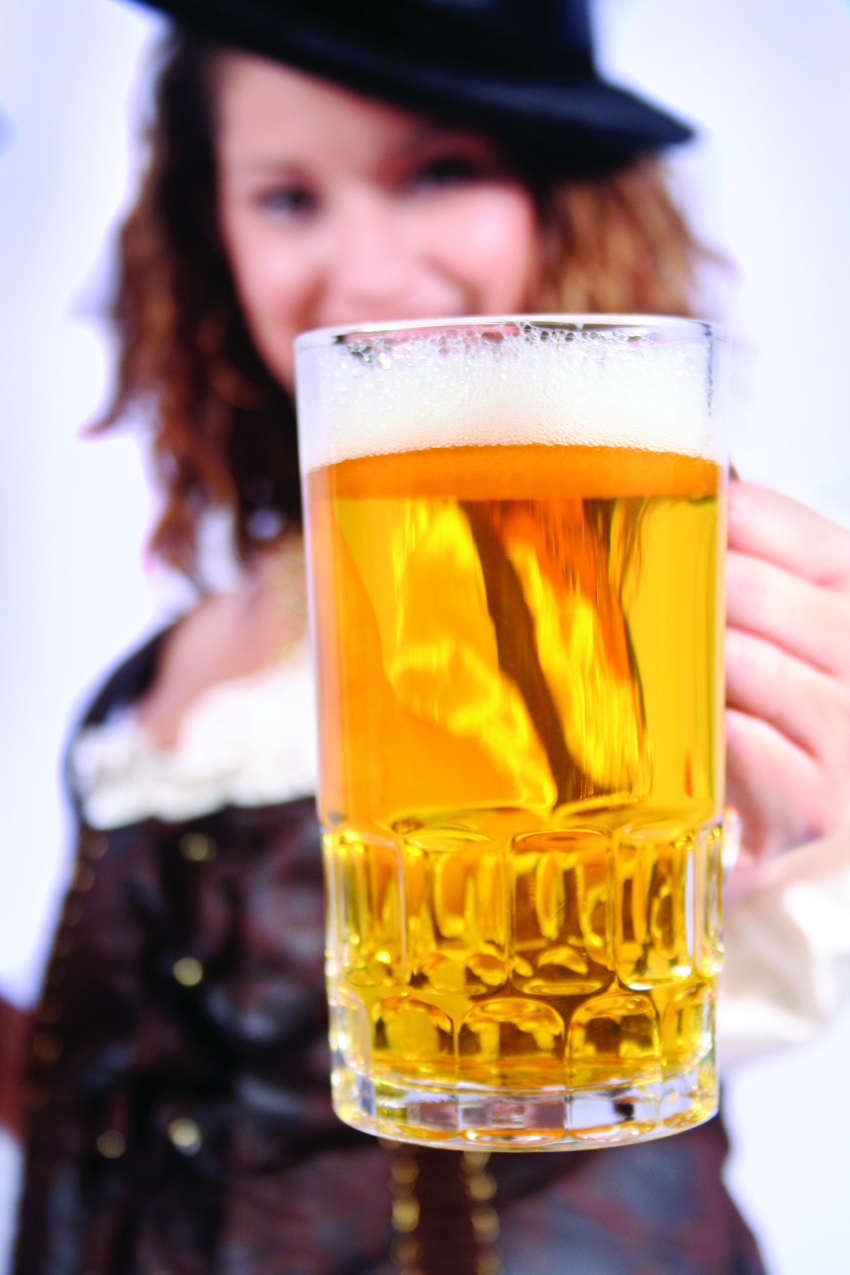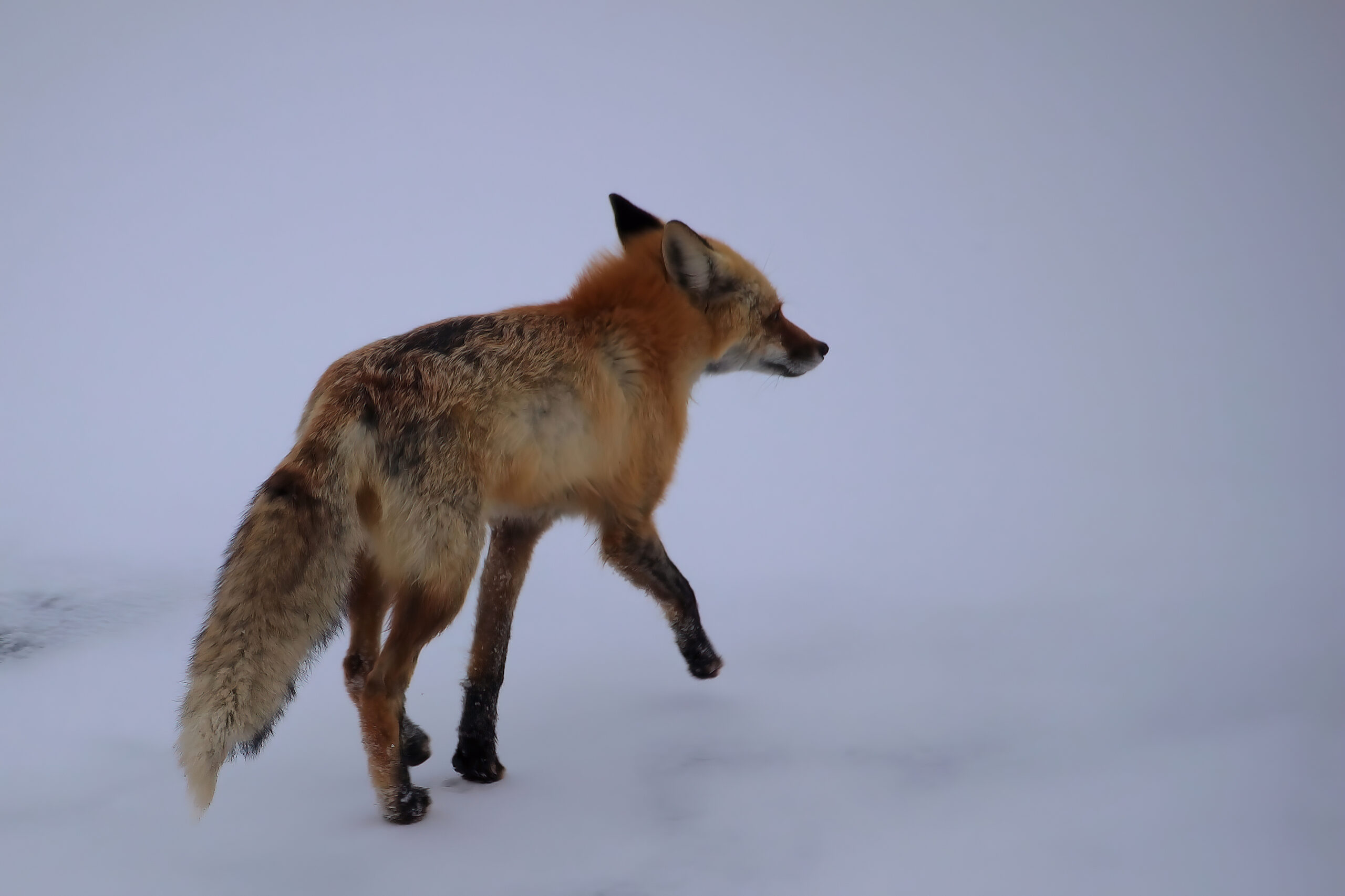As the days grow shorter and the warmth of summer becomes a distant memory, thoughts of winter and the cold weather ahead come more to mind. It’s not a big stretch then to consider what clothing will be suitable once the ice and snow become a regular feature in our lives. As with so many things, dogs are ahead of us in knowing how to adapt to changing weather. Within the DNA of a dog is the genetic model of knowing that different seasons bring different requirements and their coats (fur) will change accordingly.
For dogs that spend a large part of the year outside, whether they are working breeds or domesticated dogs that prefer the great outdoors, Spring and Fall are key seasons when it comes to changing their protective coats for the upcoming season. This is particularly the case for Spring when dogs will shed their thicker Winter coats, ready for the warmer times ahead. This doesn’t mean that dogs won’t shed at all in Summer and Winter but generally they will shed a whole lot less compared to Spring and Fall. However, some domesticated dogs may spend the majority of their time indoors in which case the significance of shedding is reduced as their bodies tend to experience a somewhat even temperature throughout the year which tells their bodies there is less need to shed.
So what exactly is dogs’ fur?
Dog.com tells us “The fur, or hair, of all mammals is made up of the protein keratin and dead skin cells. It grows from follicles in the dermis, or inner layer of the skin. The follicles of humans have one hair each. The follicles of dogs, which depend on their fur to regulate their body temperatures, sometimes have several hairs growing out of one follicle.
Most hair follicles have an associated oil gland that works to keep the skin pliable and the hair smooth. Dog breeds that were developed to retrieve game from water have very active oil glands, a factor that helps to waterproof their fur and skin.
Most dogs have three types of fur: undercoat, guard hair and whiskers. The undercoat lies closest to the dog’s skin and grows in clusters from a single follicle. The undercoat has a soft, downy appearance and works to protect the skin from cold weather. The guard hairs are harder in texture, thicker in diameter and longer than the downy undercoat. Considered the dog’s primary coat, the guard hairs protect the skin from superficial injuries and form an additional layer of insulation to protect the dog from cold weather. The whiskers grow from deeply-rooted follicles on the muzzle and eyelids. These thick hairs function as sensory structures for the dog. When something brushes against these “feelers,” the dog will automatically react by either closing his eyes or pulling away.”
So what determines the colour of a dog’s fur? The colour of a dog’s fur comes from the cells in the skin that produce melanin. The shade of colour depends on the dog’s genetic make-up. Some breeds carry genes for a solid colour (Samoyed, Maltese). Other breeds carry genes for multiple shades of a certain colour (Weimaraner, Yellow Labrador). Some breeds carry the genetic code for a multi-colour pattern (Doberman, Tricolor Collie). Other breeds can come in a wide variety of pattern and colours (Cocker Spaniel, Greyhound).
For dogs that shed very little and need regular visits to the groomer, please use common sense when requesting specific cuts. Remember, a dog’s fur is its main defence against climatic conditions and no dog should suffer because of an owner’s desire to put so called “fashion” ahead of natural body protection.









